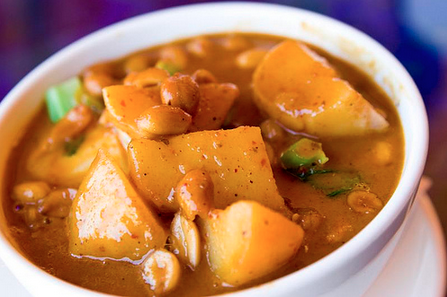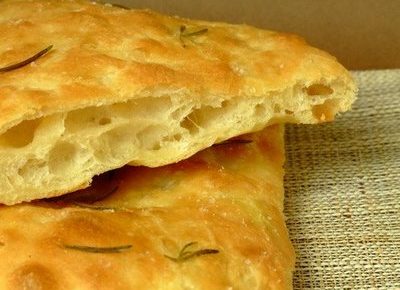Thai food is pretty popular among us Brits, and it’s really not hard to understand why. The mix of sour and sweet tastes, alongside the kick of heat and spice, makes a lot of the nation’s dishes utterly irresistible. I’m particularly fond of the curries, so today I’ll be looking at which are the absolute best to try during your holiday.

Of course, to sample the most authentic local cuisine you’ll likely need to be a little more adventurous than eating only the food available in your hotel. However, it’s always worth booking somewhere with a decent selection of dining options for those evenings when going out seems like too much effort – Hayes Jarvis is a good place to start your search.
An introduction to Thai curries
Let’s begin by taking a quick look at Thai curries in general. One of the key things to remember is that there’s an awful lot of variety within the Thai curry bracket. First of all, there are plenty of regional variations between dishes, so the same meal might taste quite different depending on where you are.
Secondly, they’re fairly wide ranging in terms of both consistency and heat. In fact, some curries are so thin that they could easily be classed as soups, while there are surprisingly mild options as well as those that are blisteringly hot!
Thirdly, you’ll generally find that Thai curries are based on coconut milk, curry paste and fish sauce. But, head up to northern Thailand and you should notice the curries here are less creamy, which is down to the fact that coconut palms don’t grow well here and so coconut milk is rarely used.
Lastly, curries are generally designed to be shared. For the most part, you should ladle them over boiled or steamed rice.
Gaeng kiaw wan
Commonly referred to as Thai green curry, the first dish on my list is of medium thickness and spiciness – so, it won’t blow your head off and it isn’t particularly thin either. That said, it’s worth remembering that different cooks add different amounts of coconut milk, so sometimes it’ll be a little thicker or more watery than you might expect. Thai green curry is easily recognisable (unsurprisingly!) from its soft green colour, and is made with coconut milk, fish sauce, basil, green curry paste and aubergine as key ingredients.
Gaeng massaman
My next suggestion is quite a mild curry of potatoes, roasted nuts (usually peanuts, but cashews can also be used), meat, bay leaves, coconut milk and fish sauce. As this dish was originally created by Muslims, it is most commonly made with meats other than pork – beef is the most popular, but duck and chicken are alternatives. That said, you will see it made with pork from time to time, which is obviously only eaten by non-Muslim diners.
Gaeng daeng/red curry
Next up is the extremely hot and spicy gaeng daeng, which you’ll often hear referred to as red curry. As well as being fiery, it is a very thin curry that resembles a soup. It can be made with meats like beef, pork and chicken, as well as options that’ll seem more unusual to most travellers, such as snakes and frogs.
Gaeng som
Last on my list is gaeng som, which is a fish curry that’s thin, sour and spicy. A particularly popular dish, it is one that has a lot of regional variants. For instance, in central Thailand tamarind is one of the key ingredients, and it’s this that provides its sourness. Head down to southern Thailand, though, and you’ll find assam fruit is used instead. In fact, the rest of Thailand calls this southern variety gaeng lueang (also known as yellow curry) instead of gaeng som, though it is known by the latter name within the region.




